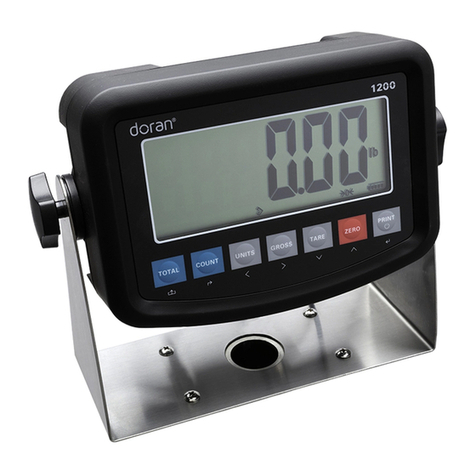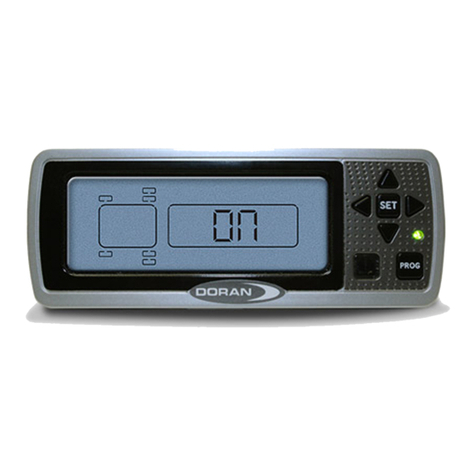
Option #2~ Pos (+) V Battery Horn Activation (most common)
If you find a wire that lights up the test light when the horn button is sounded, you have
most likely found the correct wire and can be fairly certain that it requires Pos(+) V to
activate the horn. The Horn Fuse (F2) should be in the POS+ Polarity position.
Horn Fuse Position
Accessory or Ignition Power - P5 (Ignition)
Make a connection from P5 (“Ignition” terminal on the SCC) to accessory power. To
determine if the accessory wire receives Pos (+) V, turn the ignition key to the “ON” or
“ACCESSORY” position, and probe the wire. The test light should come on. Turn the
ignition key “OFF” and the test light should turn off.
Arm Input - P6 (Warning Lights)
Make a connection to P6 (“Warning LTS” terminal on the SCC) from either the left or
right overhead red warning light output wires from the flasher unit. If Warning Light
signal is not available, see p6 “ARMING”.
Door - P8 (Frt_Door -)
A. STANDARD CONVENTIONAL BUSES:
Make a connection from P8 (“Frt_DOOR-” terminal on the SCC) to the Front
Door Switch. A convenient place to connect to the switch may be at the
flasher unit, which uses the door switch. Frt_DOOR- is expecting a ground
when the door begins to open. Frt_DOOR+ pin P7 may be used if Bat(+)V is
present when the door is opened.
B. CONVERSION VANS / MINI BUSES:
Buses with multiple (front) door exits, such as conversion vans or minibuses,
require the SCC’s P8 terminal to be connected to both the driver side and
passenger side front door switches. In some cases, additional doorjamb
switches (normally closed) may be required for one or both front doors. Select
a doorjamb switch (SPST - normally closed) that is compatible with the bus
and properly mount in the doorjamb. Open and close the door to make sure
the switch is operating and make any necessary adjustments to ensure
proper switch operation. Wire pin P8 of the SCC-AM to one side of the
switch, the vehicle’s chassis ground to the other side. For the schematic,
please refer to WIRING OPTION 3 in SECTIONI of this manual. Doorjamb
switches are readily available and can be purchased at most auto-parts
stores.
Reset Switch - P10 (Safety Switch)
Make a connection from P10 (“SAFETY SW” terminal on the SCC) and run the wire to
the rear interior of the bus where you plan to mount the reset switch. To mount the
reset switch, refer to Section lll, “Reset Switch Installation.”


































